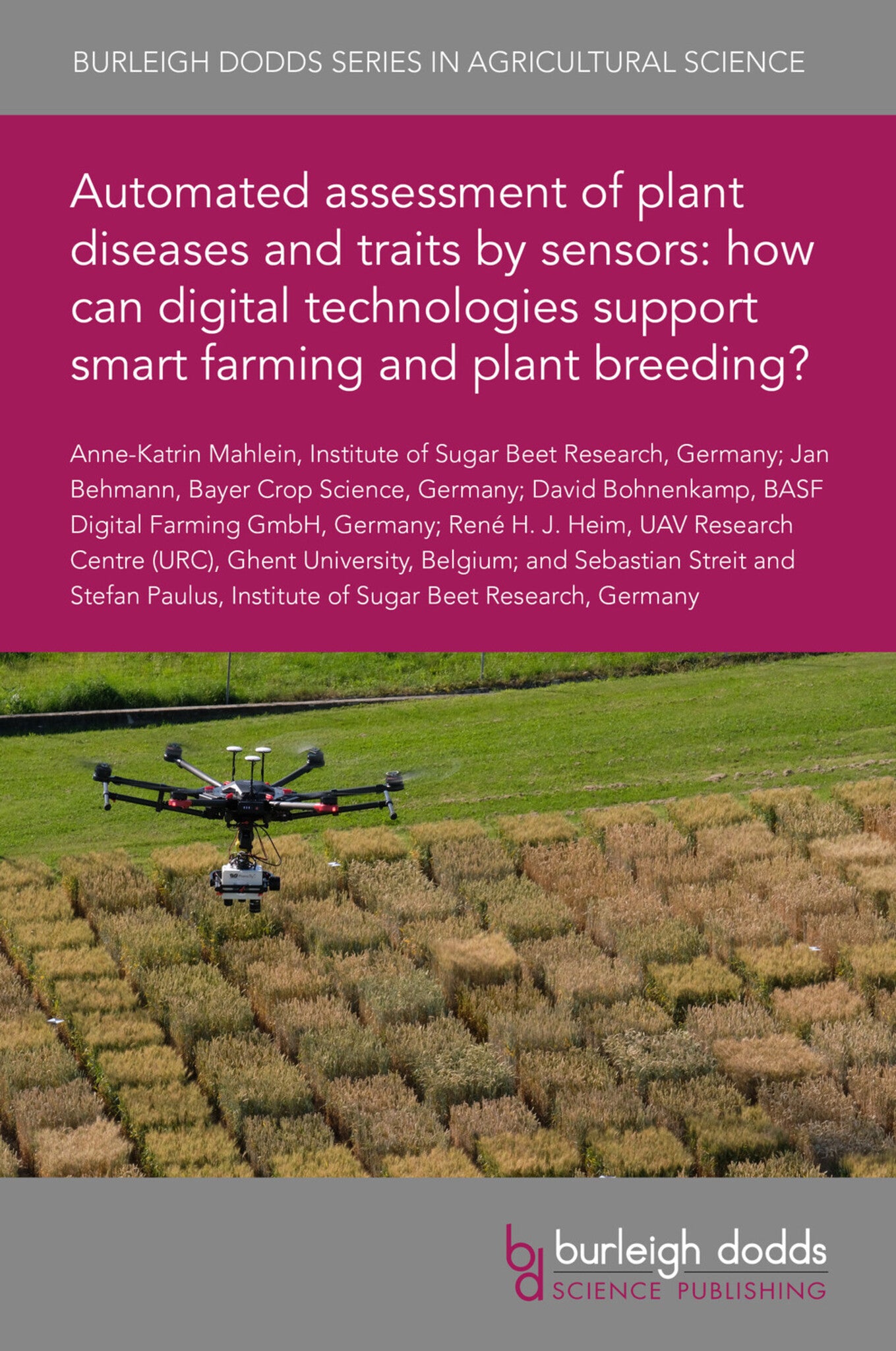We're sorry. An error has occurred
Please cancel or retry.
Automated assessment of plant diseases and traits by sensors: how can digital technologies support smart farming and plant breeding?

Some error occured while loading the Quick View. Please close the Quick View and try reloading the page.
Couldn't load pickup availability
- Format:
-
27 June 2022


TECHNOLOGY & ENGINEERING / Agriculture / Agronomy / Crop Science, Agronomy and crop production, TECHNOLOGY & ENGINEERING / Agriculture / Sustainable Agriculture, TECHNOLOGY & ENGINEERING / Agriculture / Agronomy / General, Sustainable agriculture, Plant biology

1 Introduction 2 Digital plant disease detection 3 Complexity of host–pathogen interactions 4 Complexity in a crop stand 5 Case study: application of deep learning to foliar plant diseases 6 Summary 7 Future trends in research 8 Where to look for further information 9 Acknowledgement 10 References



